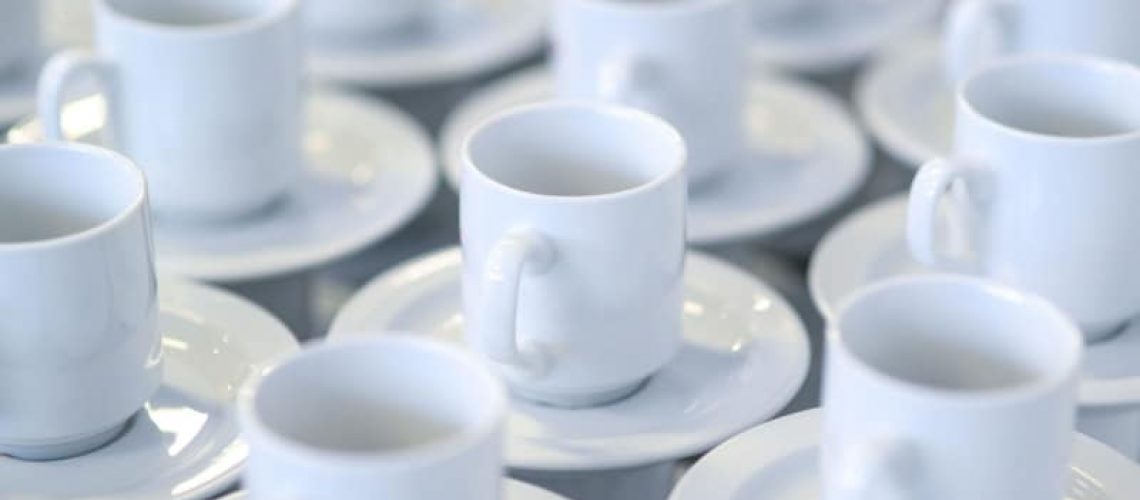Ceramic drying is one of the most important processes in ceramic production technology. Quality defects of ceramic products are caused by improper drying. The drying affects the quality of the finished product, the throughput but also the overall energy consumption for ceramic manufacturing enterprises.
According to various statistics, generally energy consumption during drying processes represents 15% of total industrial fuel consumption. However within the ceramic industry, the energy consumption used for drying accounts for a much higher percentage of the total fuel consumption. Therefore energy saving within the drying process is extremely important for all enterprises. Drying speed, reducing energy use , ensuring high quality products and reducing pollution are all basic requirements for any ceramic manufacturer today.
Measurement and Control in Ceramic Dying
Ceramic production is done through several main processes: casting, drying, glazing, firing…
The casting and drying are important processes for ceramic. A forming workshop is equipped with an intelligent control system. The control system regulates the relative humidity value using information provided via room and process sensors. Sensors have to measure accurately ad repeat ably despite the challenging and often dusty conditions. Humidification and dehumidification processes require substantial energy so tighter control is a huge energy saver for these industries.
A constant temperature is also achieved via the intelligent control system. With a stable temperature and stable relative humidity within the workshop, manufacturers ensure the quality of the ceramic body drying.
After stripping the body from the cast, the body contains a very high relative humidity level. During the drying process, the body may crack or deform due to the speed in which the product is dried (volume and shrinkage) which ruins the product and decreases the throughput.
Exactly this part of the process has become a major bottleneck within the production process of ceramic products.
In a casting workshop, stable environments can reduce the cracking and deformation effectively. It also improves the throughput rate of semi-finished products and shortens the drying period, also prolonging the life frame of the plaster cast.
So constant temperature and relative humidity according to the set values will help all factories to improve the throughput, reach an optimal drying speed and deliver the best quality results available.


